PVB301 Thermodynamics: Microstates, Macrostates, Entropy and Cycle
VerifiedAdded on 2023/06/13
|7
|825
|260
Homework Assignment
AI Summary
This document provides detailed solutions to a thermodynamics assignment, covering key concepts such as microstates, macrostates, and entropy. It includes calculations and explanations related to a wiggle-eye system, entropy curves, and limitations of spreadsheet programs for thermodynamic calculations. The assignment also addresses quasistatic and adiabatic processes, the Carnot cycle, and Gibbs free energy calculations for alloy mixing. Numerical examples and explanations are provided, with the final answer focusing on the stability of alloys at different temperatures. Desklib offers a wide range of solved assignments and past papers to support students in their studies.
1 out of 7
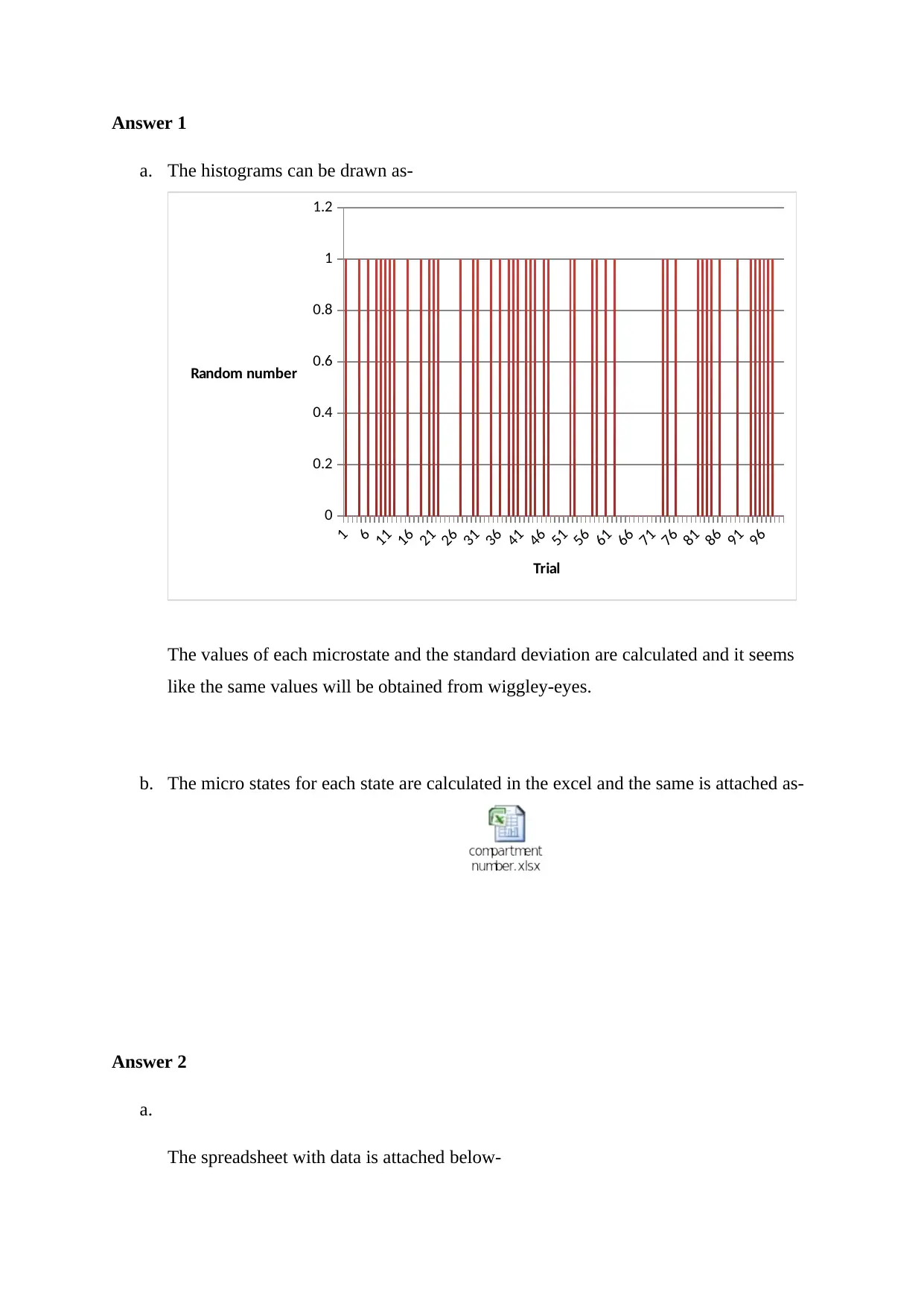
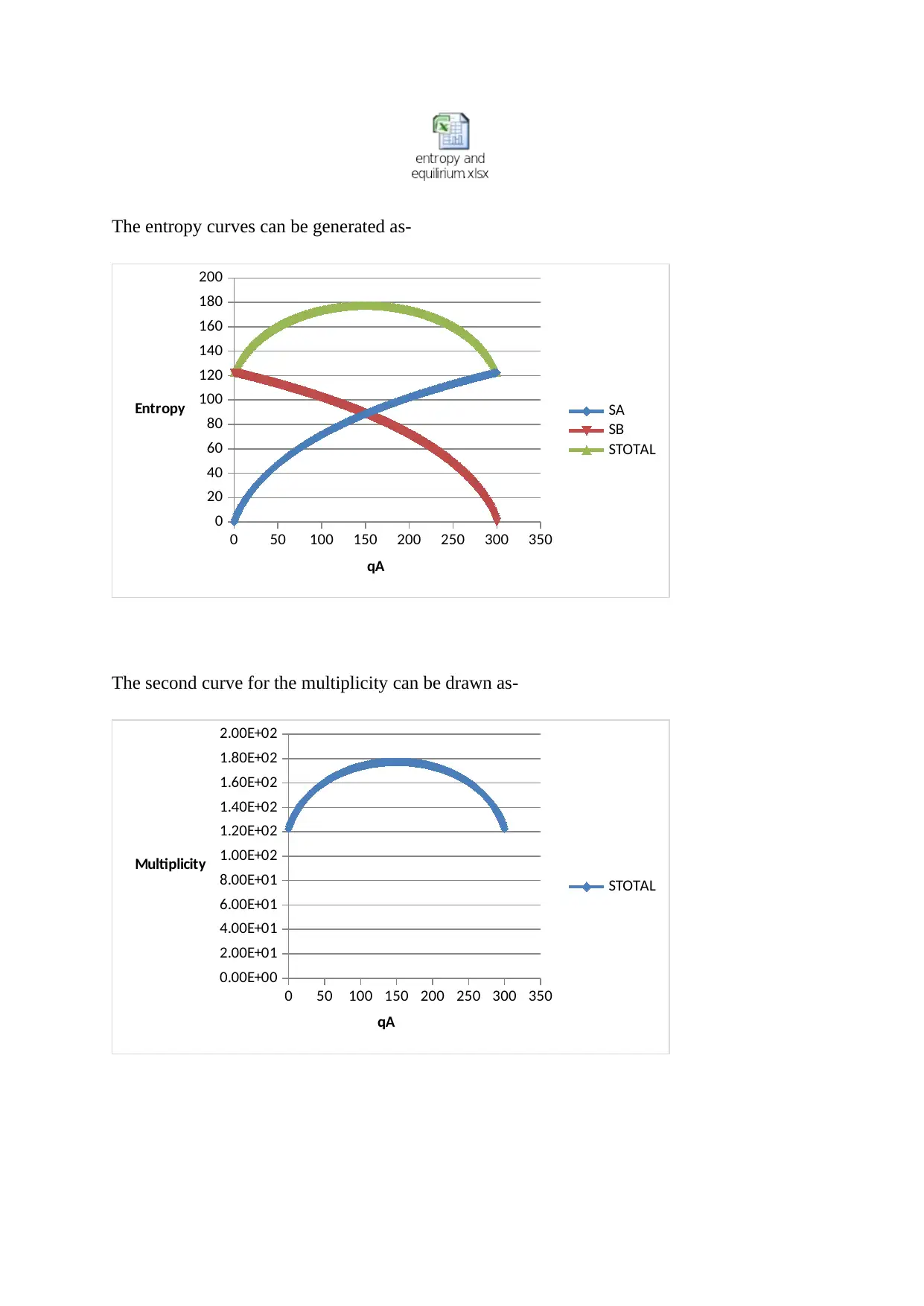
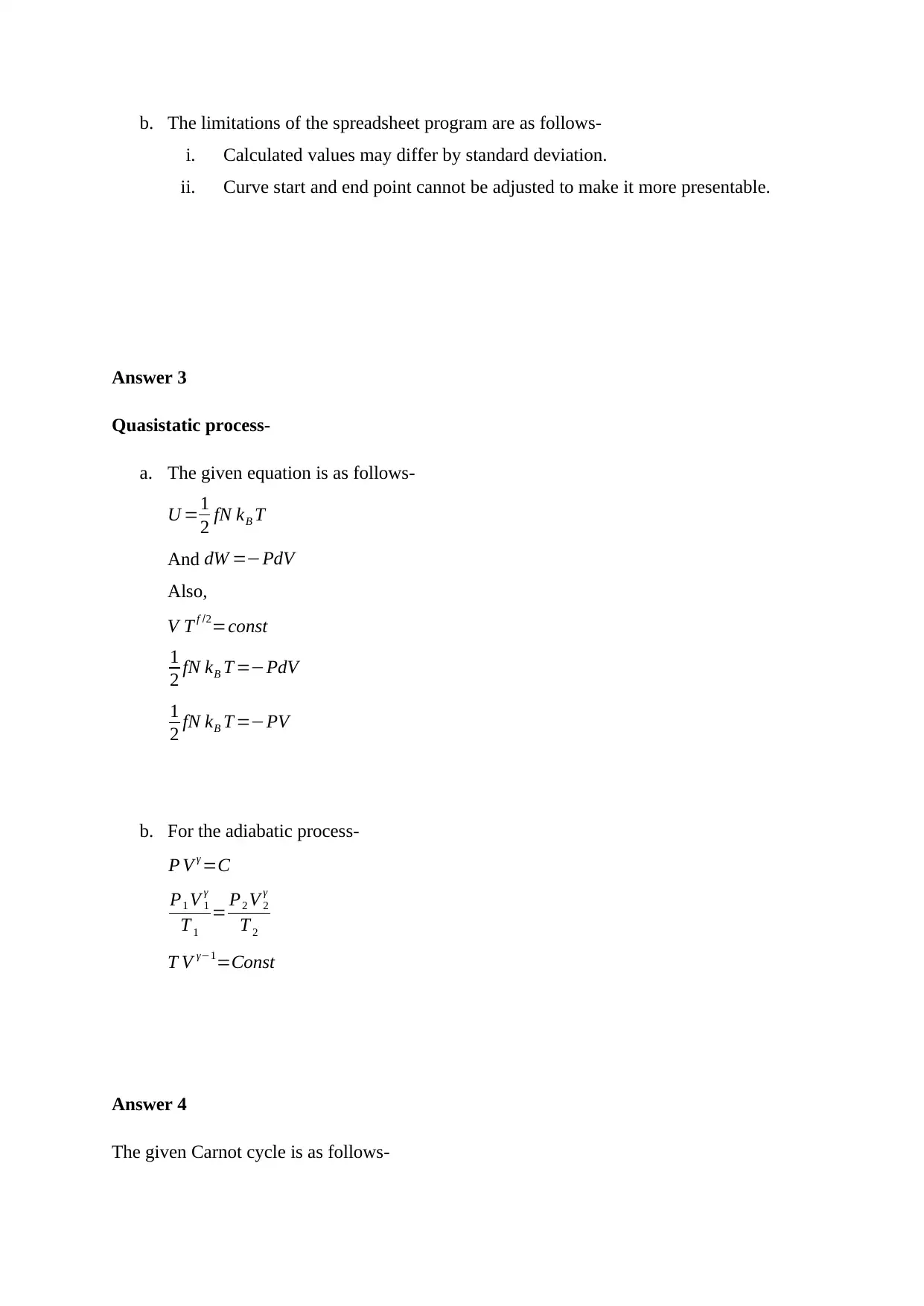

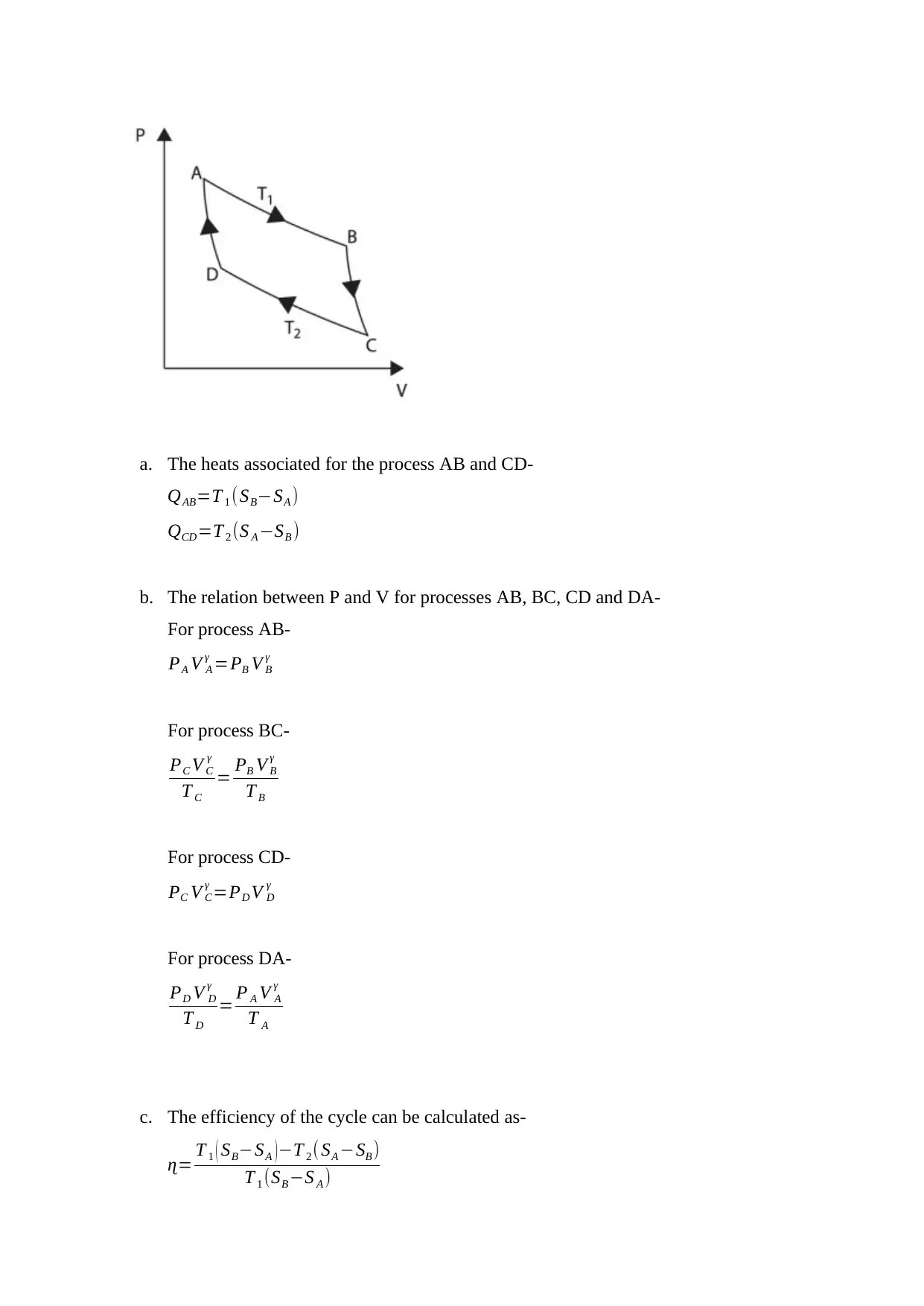
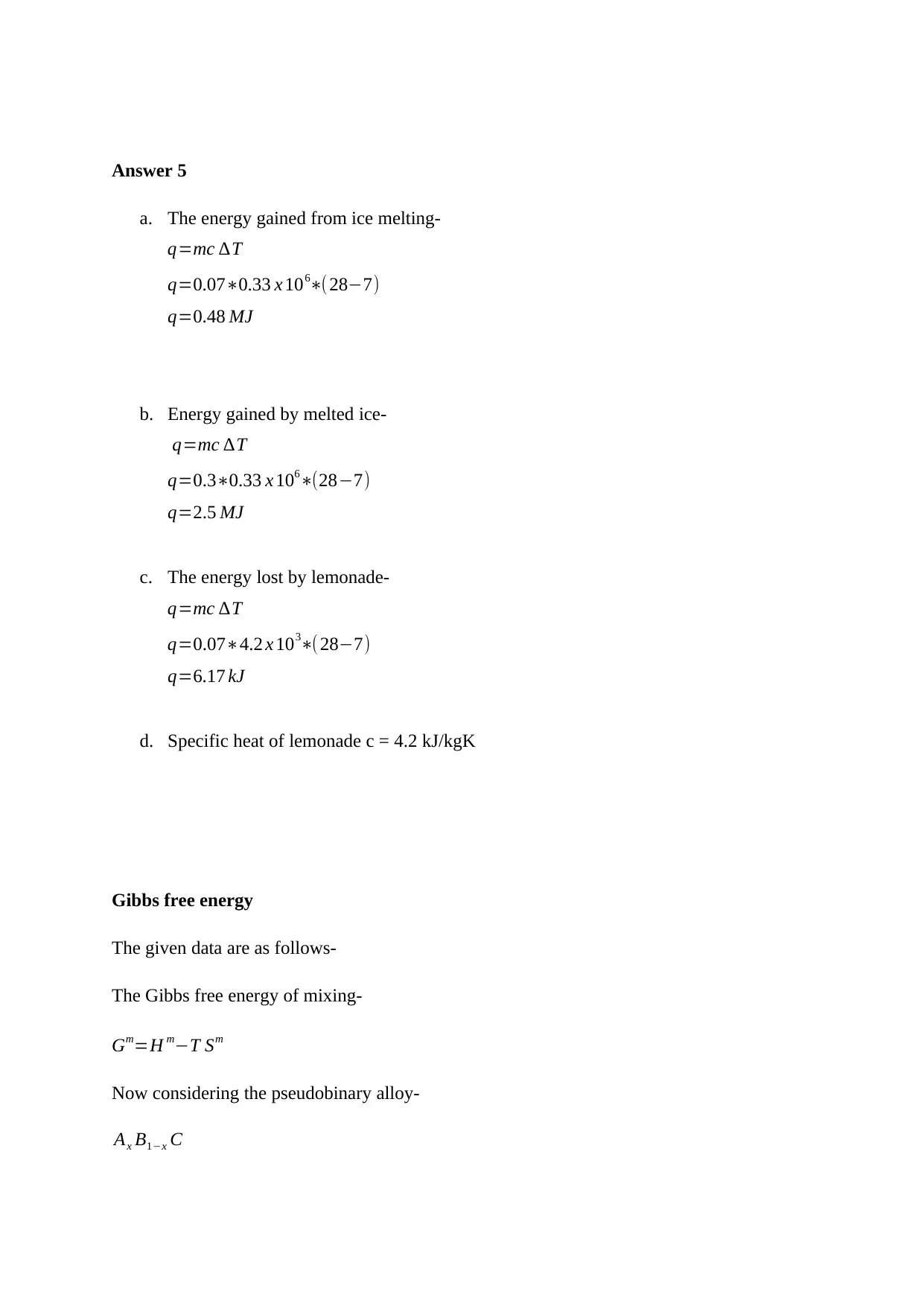
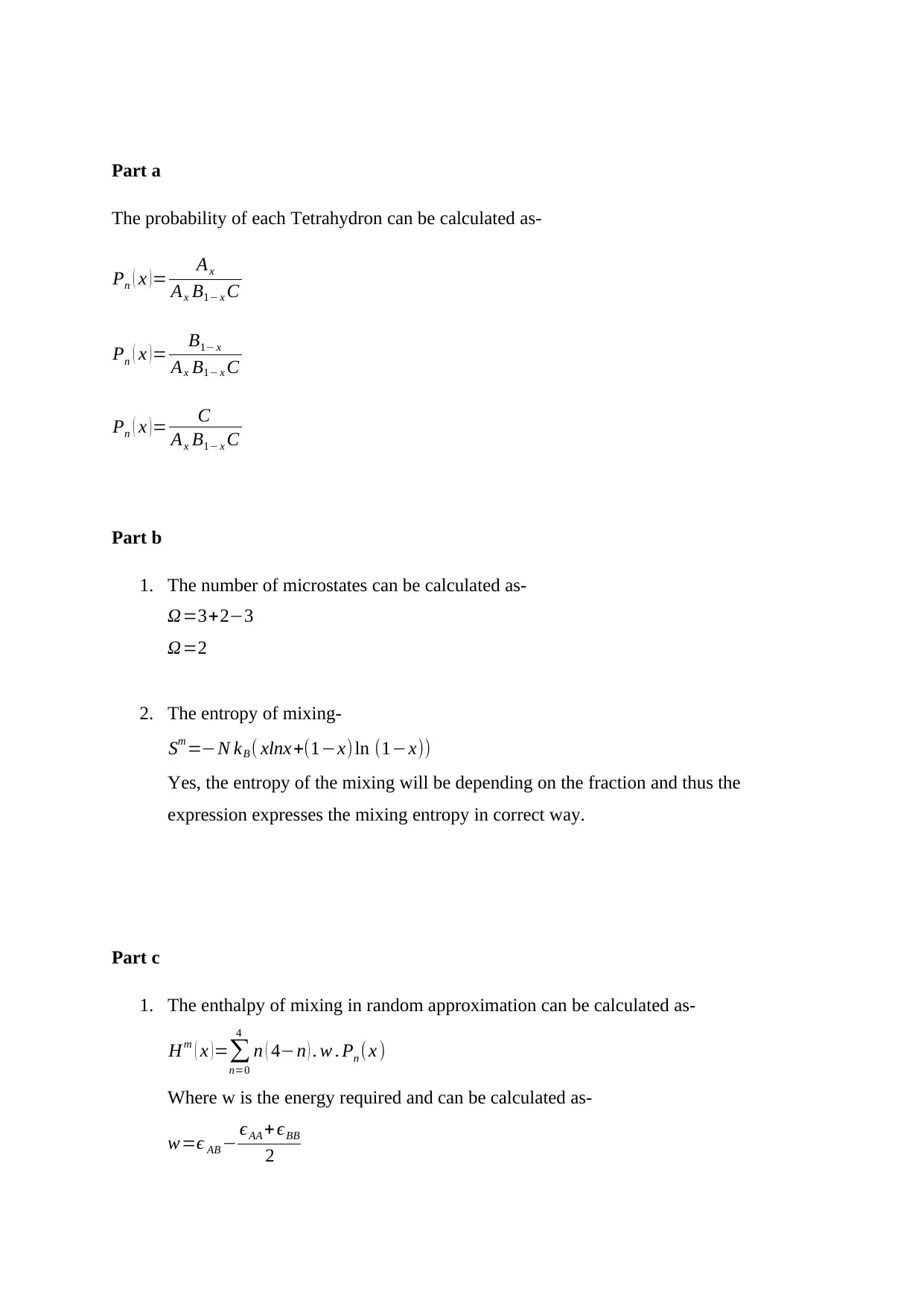
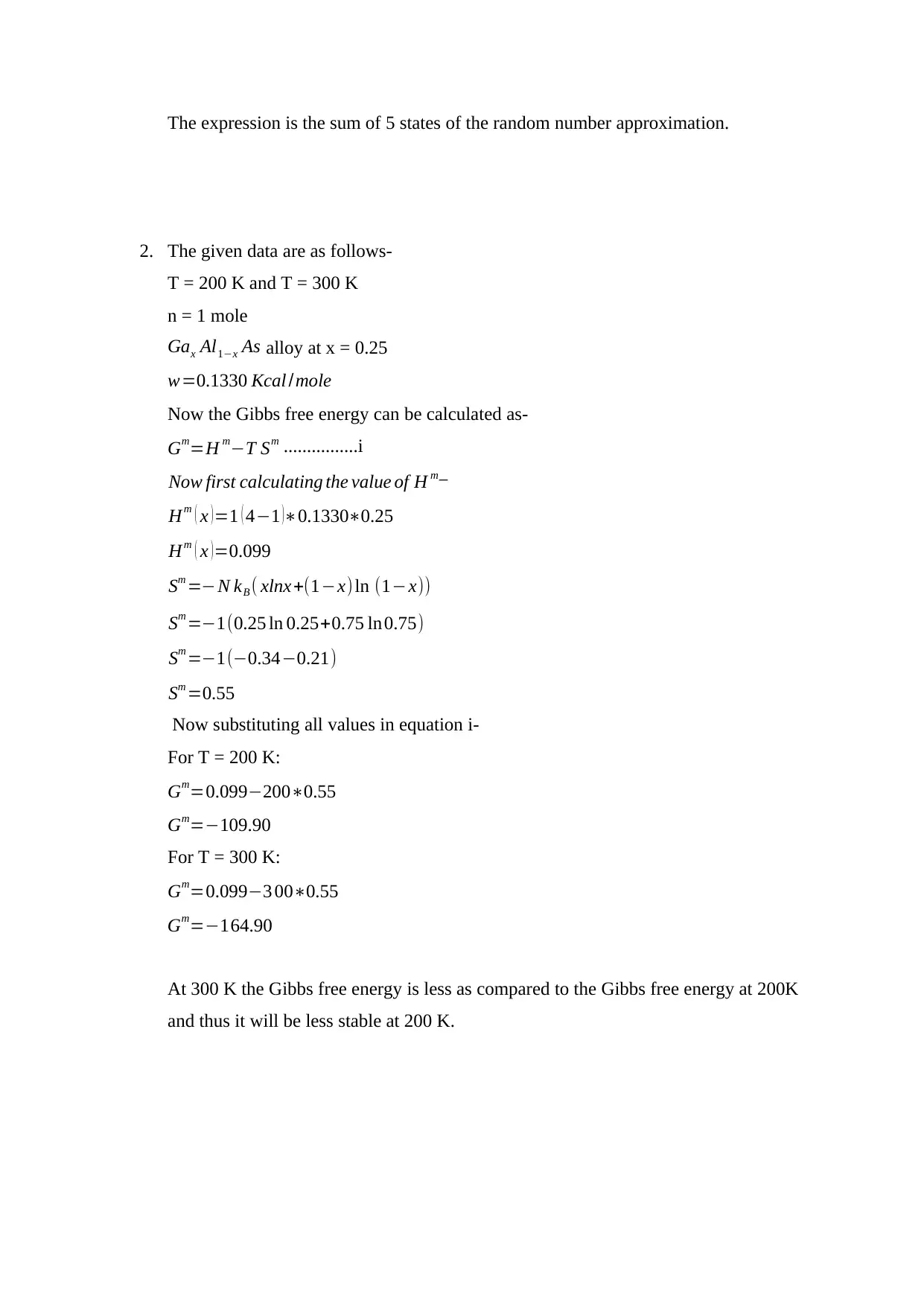
![[object Object]](/_next/static/media/star-bottom.7253800d.svg)